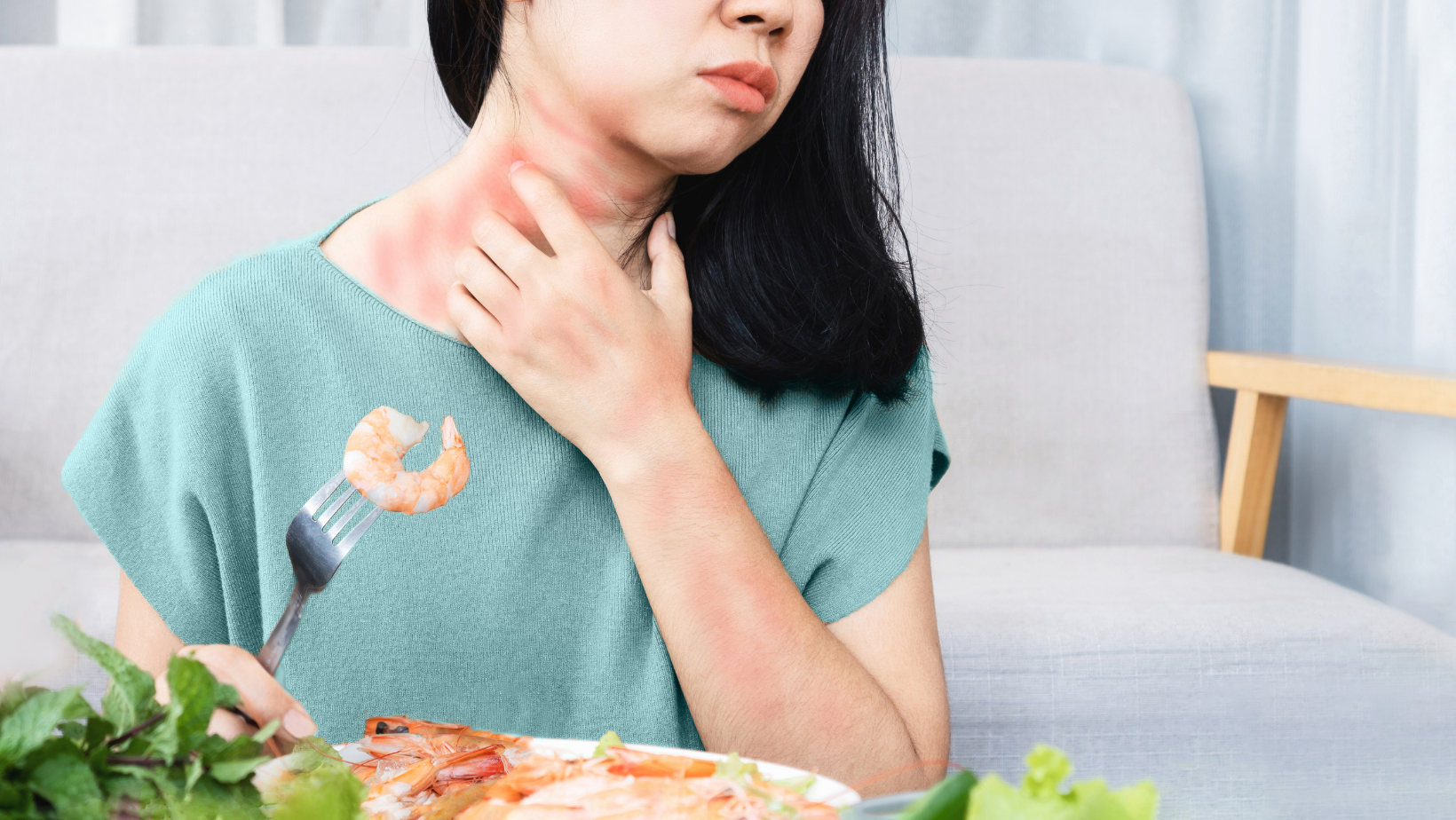Category
Hives, medically known as urticaria, are a common skin condition characterized by raised, red, and itchy welts.

Have any questions?
If you have any questions, feel free to contact us at [email protected]. A member of our support team will help you shortly.
Share this blog
Fatigue
Energy
Stress
Sleep
Hives, medically known as urticaria, are a common skin condition characterized by raised, red, and itchy welts. These welts can vary in size and shape, appearing suddenly and disappearing within a few hours. While hives are usually harmless and short-lived, understanding their causes, available treatments, and preventive measures can help individuals manage and alleviate this bothersome skin reaction.
Allergic reactions to certain foods, medications, insect stings, or environmental triggers are common causes of hives. The body releases histamine in response to allergens, producing characteristic welts.
Viral or bacterial infections can trigger hives. Infections may stimulate the immune system to release histamine, resulting in the appearance of hives as part of the body's response to the infection.
Autoimmune conditions, where the immune system mistakenly attacks the body's tissues, can lead to chronic hives. Conditions such as lupus or rheumatoid arthritis may be associated with hives in some individuals.
Emotional stress can contribute to the development of hives. Stress activates the body's stress response, releasing substances that can lead to hives in susceptible individuals.
Certain medications, including antibiotics, pain relievers, and some blood pressure medications, can cause an allergic reaction, leading to hives in some people.
Insect bites or stings can trigger an immune response, releasing histamine and causing hives in the affected area.
Contact with substances that irritate the skin, such as certain plants, chemicals, or latex, can develop hives in sensitive individuals.
Exposure to physical factors like pressure, cold, heat, or sunlight can induce hives in some people. This condition is known as physical urticaria.
Antihistamines are the primary treatment for hives. They work by blocking the effects of histamine, reducing itching, and minimizing the appearance of welts.
Healthcare providers may prescribe corticosteroids to reduce inflammation and suppress the immune response in severe or persistent hives.
Emergency treatment with epinephrine may be necessary for severe allergic reactions or anaphylaxis, where hives may be accompanied by difficulty breathing or swelling.
Identifying and avoiding specific triggers, such as certain foods, medications, or environmental factors, is crucial in preventing the recurrence of hives.
Applying cool compresses to the affected areas can help soothe itching and reduce inflammation associated with hives.
Oatmeal baths can provide relief from itching. Adding colloidal oatmeal to bathwater can help soothe irritated skin.
Over-the-counter creams containing calamine or menthol can be applied to the affected areas to alleviate itching and discomfort.
Healthcare providers may prescribe stronger medications, such as leukotriene modifiers or immunosuppressants in chronic or severe hives.
Understanding and avoiding specific triggers, whether foods, medications, or environmental factors, is critical to preventing hives.
Stress management techniques, such as mindfulness, meditation, or yoga, can help reduce the likelihood of stress-induced hives.
For individuals with physical urticaria, gradually exposing the skin to biological factors under the guidance of a healthcare provider may help desensitize the body and reduce hives.
When engaging in activities that may expose the skin to irritants or physical factors, wearing protective clothing, such as long sleeves or gloves, can provide a barrier.
Adhering to prescribed medication guidelines and informing healthcare providers of known allergies or adverse reactions is essential to prevent medication-induced hives.
Keeping the skin clean and moisturized can contribute to overall skin health and may reduce the risk of hives triggered by irritants.
If hives are recurrent or severe, consulting with a healthcare provider is crucial for proper diagnosis, treatment, and guidance on preventive measures.
Hives, while often temporary and harmless, can be uncomfortable and distressing. Understanding the various causes, available treatments, and preventive strategies empowers individuals to manage this skin condition effectively. Identifying and avoiding triggers, seeking prompt medical attention when needed, and adopting preventive measures contribute to a proactive approach to minimizing the impact of hives on daily life. Collaboration with healthcare providers can lead to personalized strategies for long-term management and improved quality of life for individuals dealing with chronic hives.